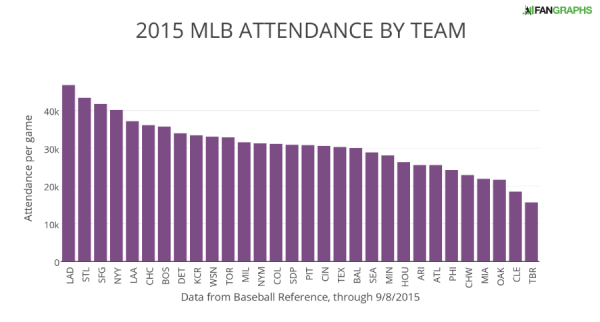San Jose Strikes Out at the U.S. Supreme Court
When the city of San Jose, California sued Major League Baseball back in the summer of 2013, the city’s attorneys likely anticipated that they would eventually have to litigate the case all the way to the U.S. Supreme Court in order to prevail in the suit. Indeed, because San Jose alleged that MLB’s refusal to allow the Oakland Athletics to move to the city – territory assigned to the San Francisco Giants under the league constitution – violated the Sherman Antitrust Act, the city was directly challenging MLB’s infamous antitrust exemption. And because it was the Supreme Court that originally created the exemption nearly 100 years ago, that court is the only judicial body that has the power to modify baseball’s antitrust immunity today.
Given all that, it was not particularly surprising that San Jose quickly lost at both the trial and appellate court levels, with both courts basing their dismissals of the city’s lawsuit on the sport’s antitrust exemption. Nor was it surprising to learn in April that San Jose was officially appealing the suit to the Supreme Court.
As I noted at the time San Jose filed its appeal, the city faced long odds of successfully persuading the Supreme Court to take its case. Not only does the Court grant less than 3% of the appeals it receives in any given year, but it has also subsequently reaffirmed baseball’s antitrust exemption on two separate occasions since first creating the doctrine in 1922, both times insisting that any change in the law must come from Congress, and not the courts.
It should come as no surprise, then, that the U.S. Supreme Court officially rejected San Jose’s appeal on Monday, marking the end of the city’s antitrust lawsuit against the league.


